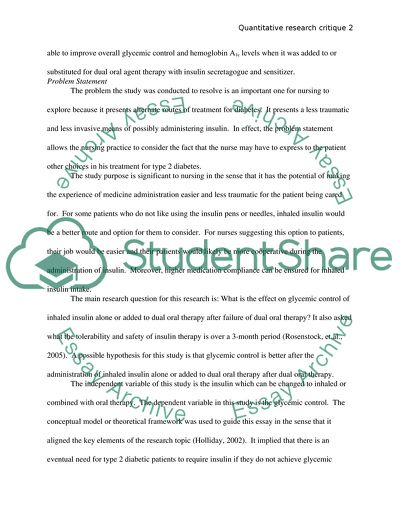Cite this document
(What is the Effect on Glycemic Control of Inhaled Insulin Case Study, n.d.)
What is the Effect on Glycemic Control of Inhaled Insulin Case Study. Retrieved from https://studentshare.org/nursing/1744730-quantitative-nursing-research-report
What is the Effect on Glycemic Control of Inhaled Insulin Case Study. Retrieved from https://studentshare.org/nursing/1744730-quantitative-nursing-research-report
(What Is the Effect on Glycemic Control of Inhaled Insulin Case Study)
What Is the Effect on Glycemic Control of Inhaled Insulin Case Study. https://studentshare.org/nursing/1744730-quantitative-nursing-research-report.
What Is the Effect on Glycemic Control of Inhaled Insulin Case Study. https://studentshare.org/nursing/1744730-quantitative-nursing-research-report.
“What Is the Effect on Glycemic Control of Inhaled Insulin Case Study”, n.d. https://studentshare.org/nursing/1744730-quantitative-nursing-research-report.


